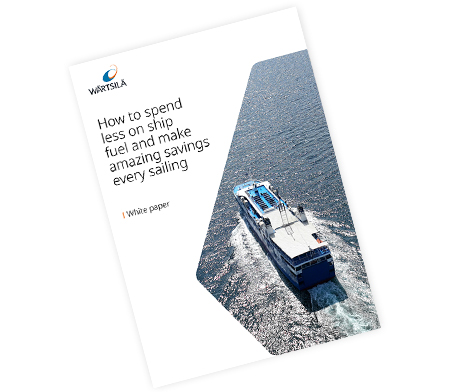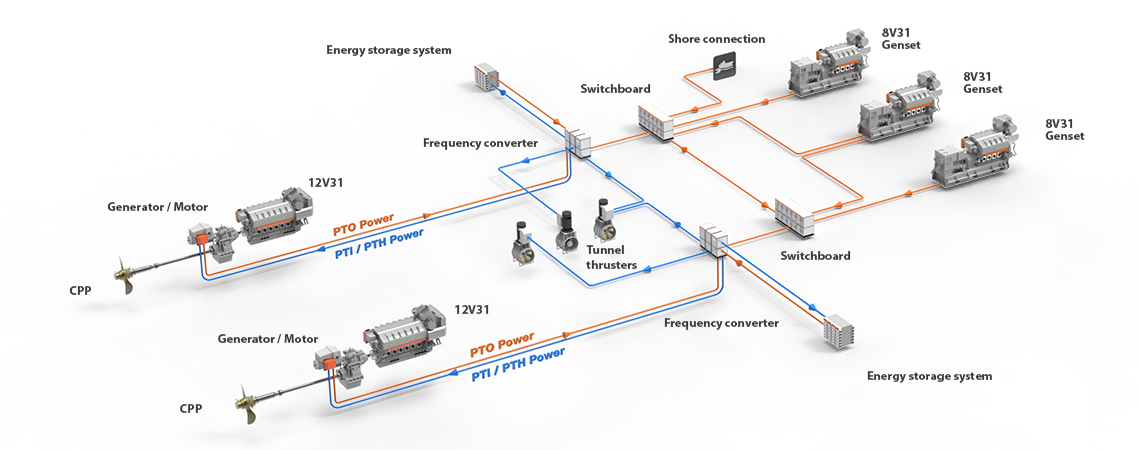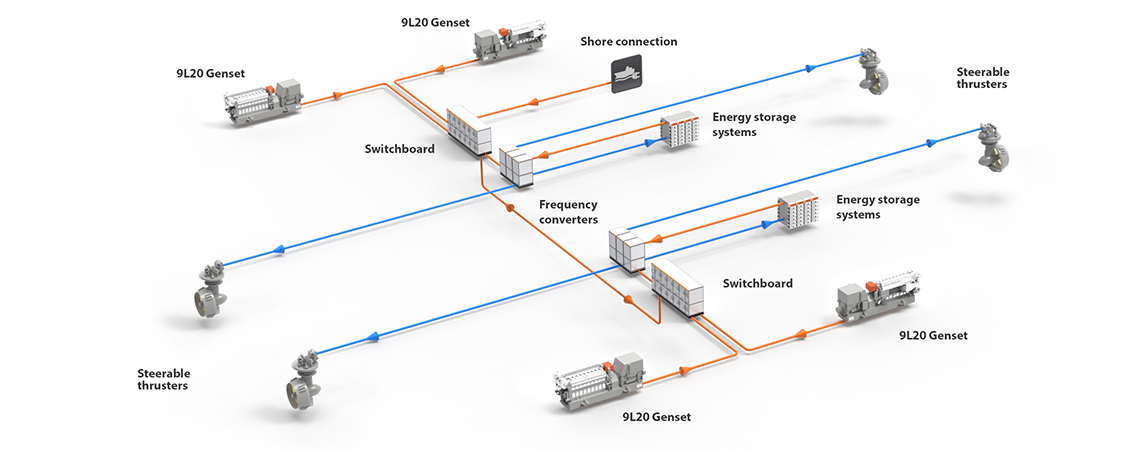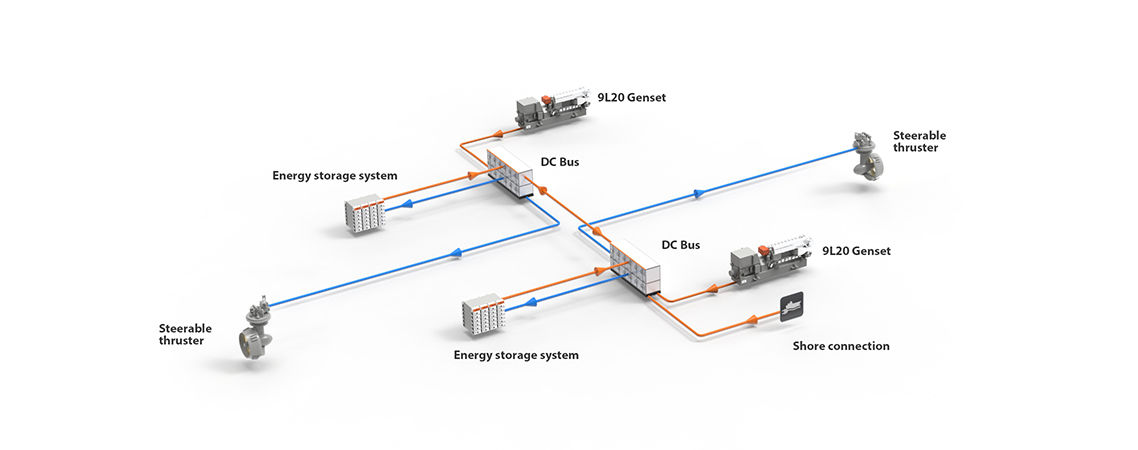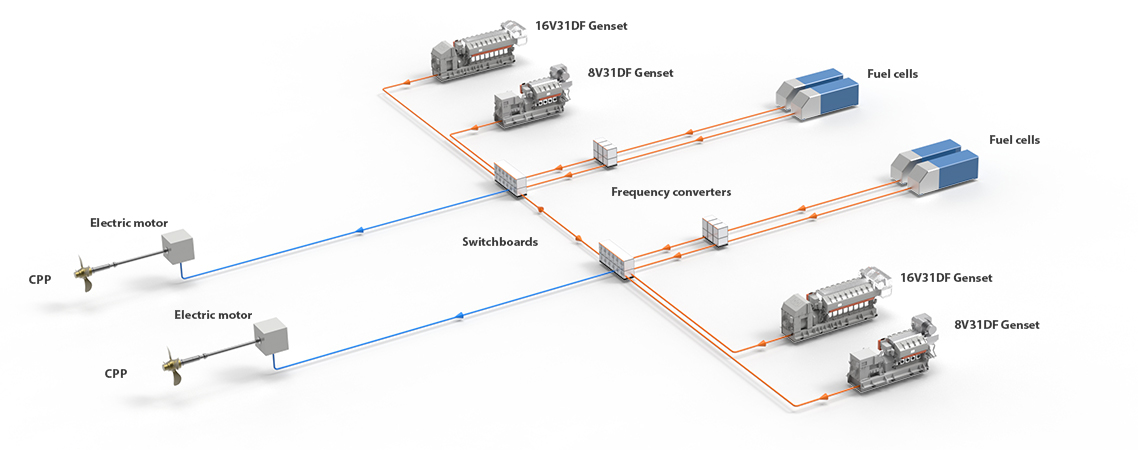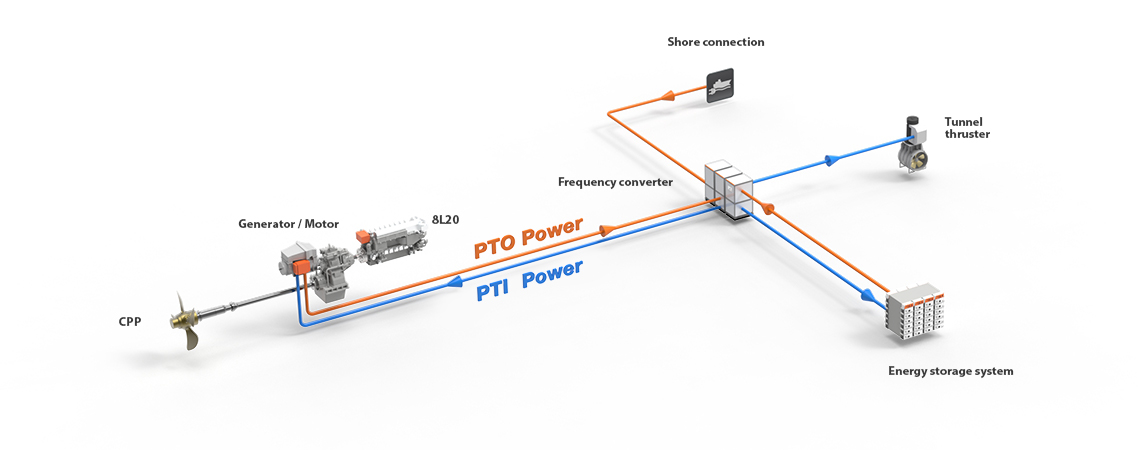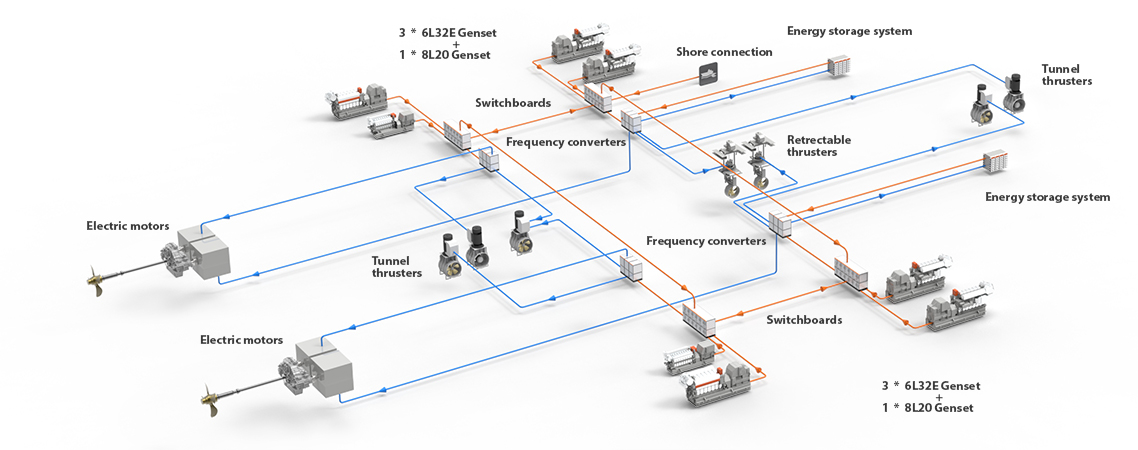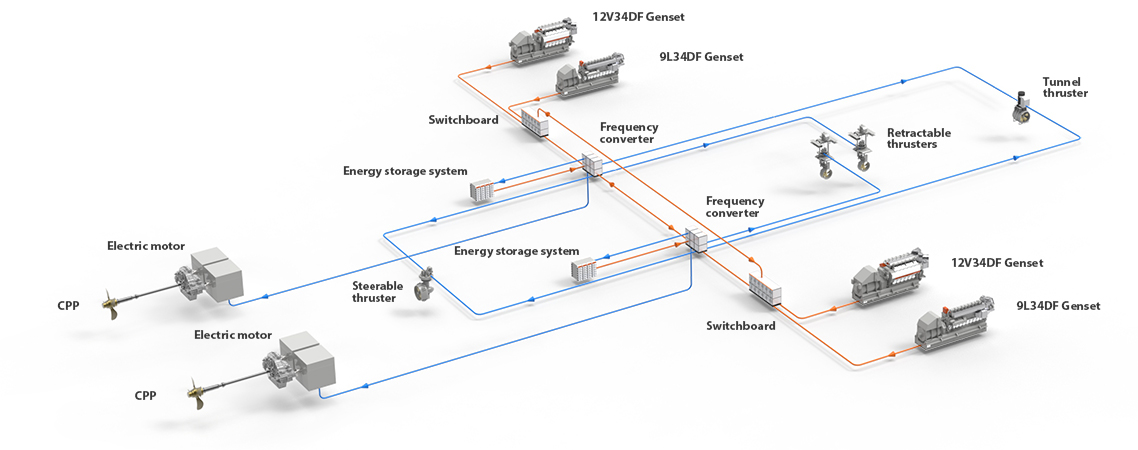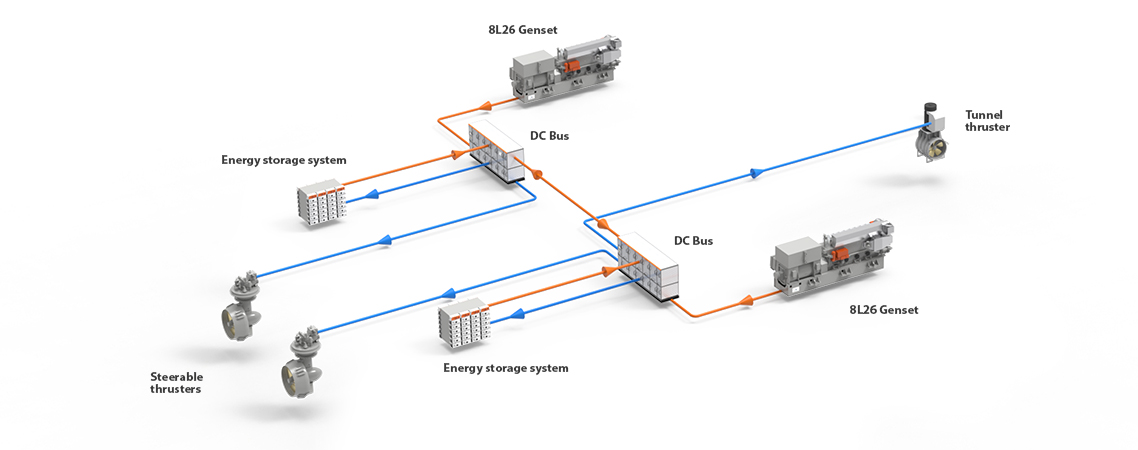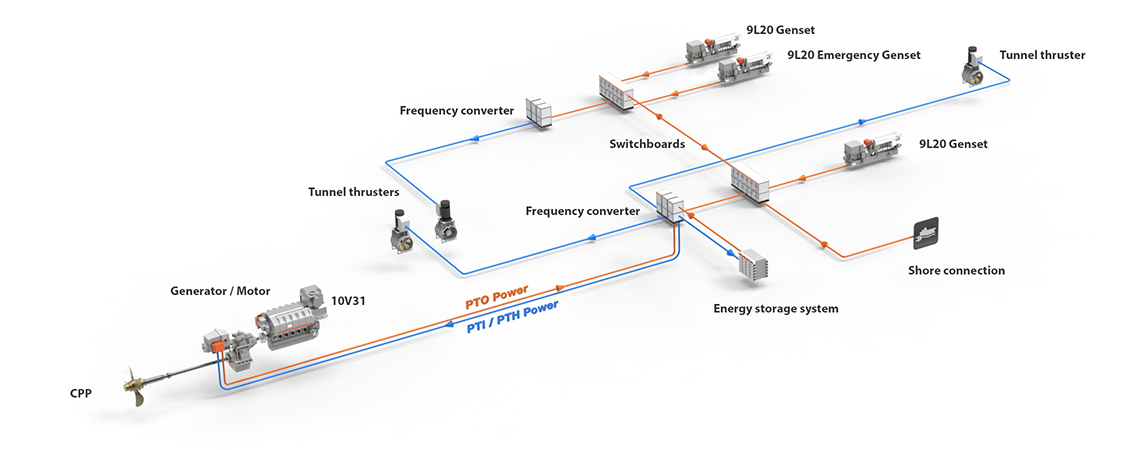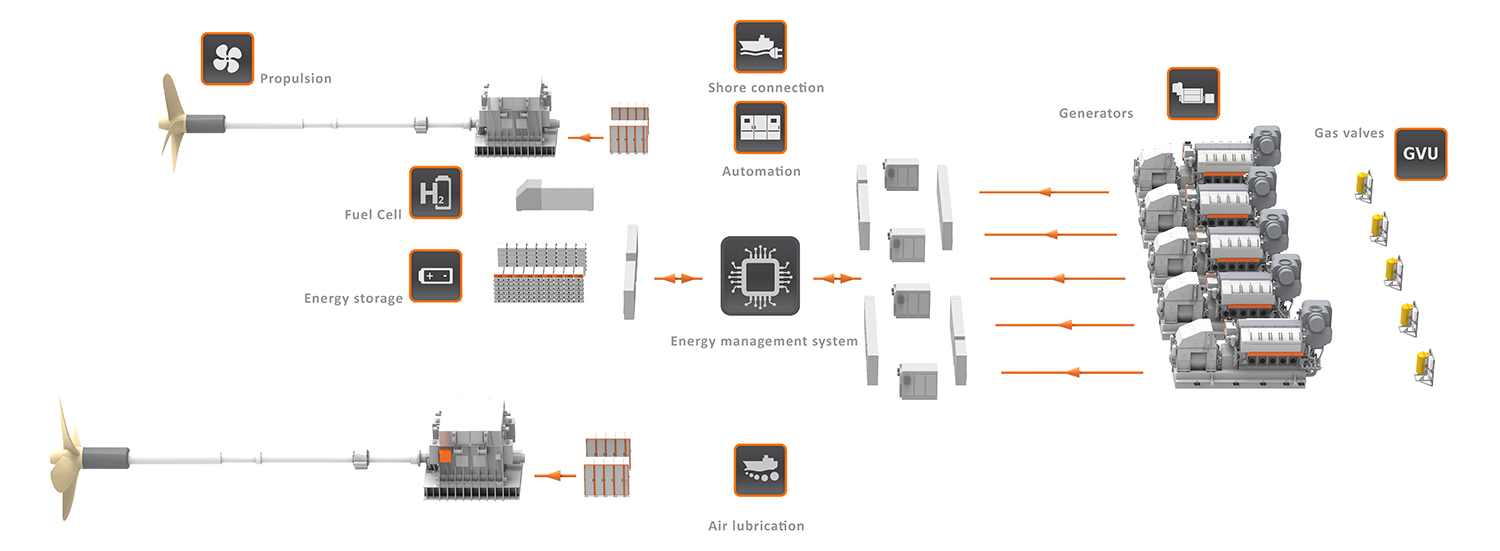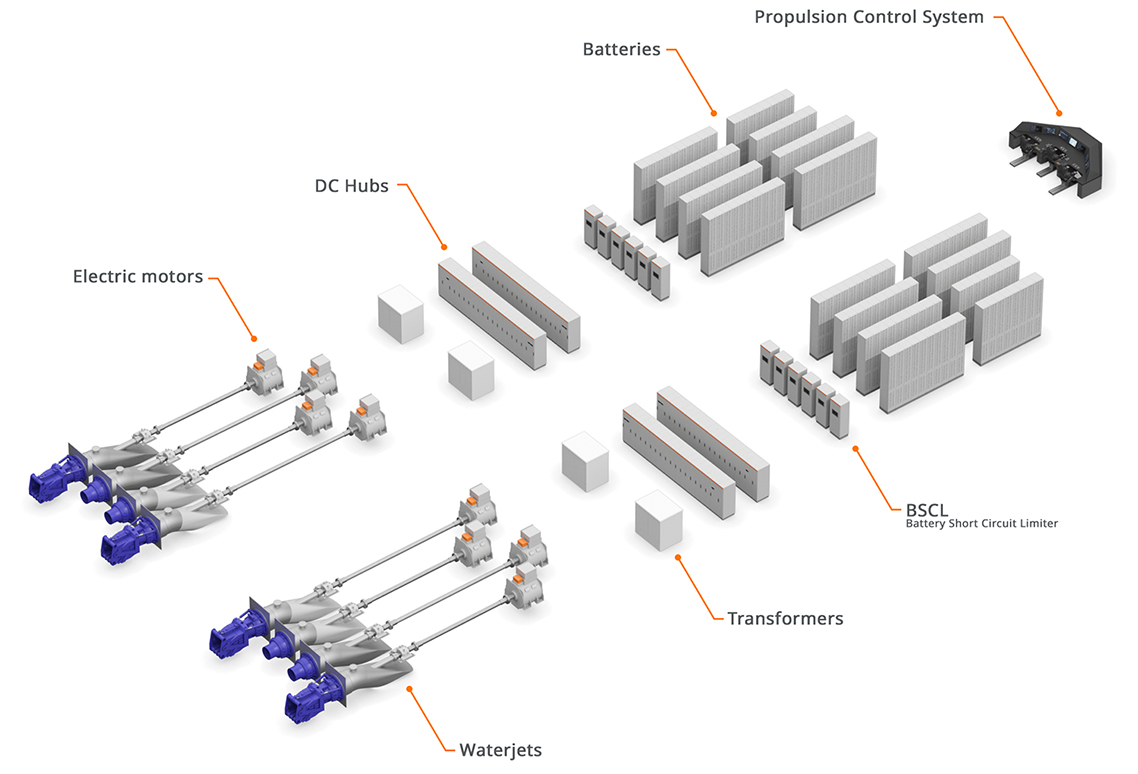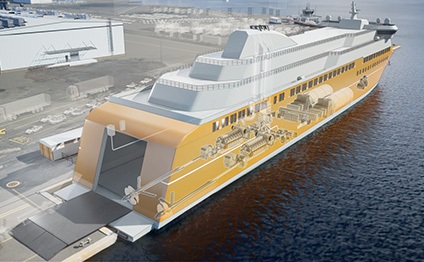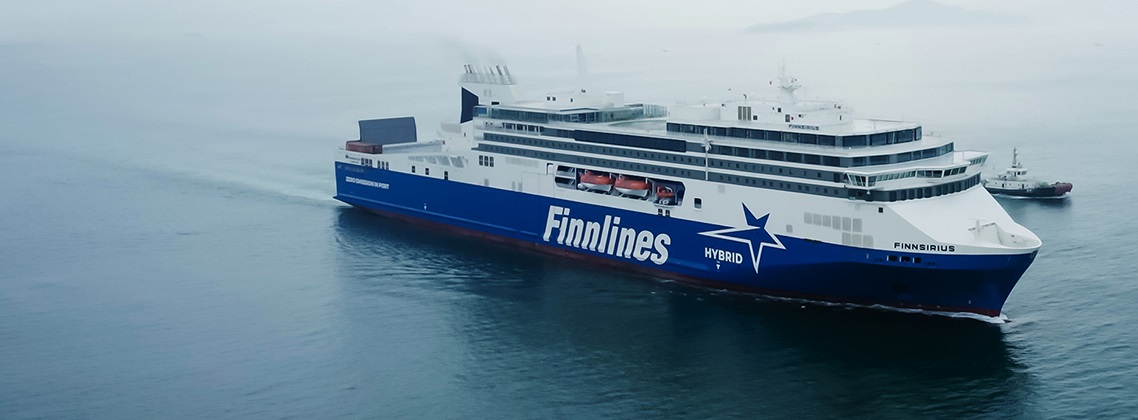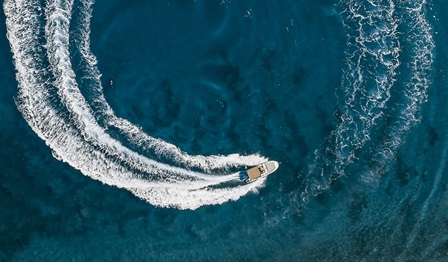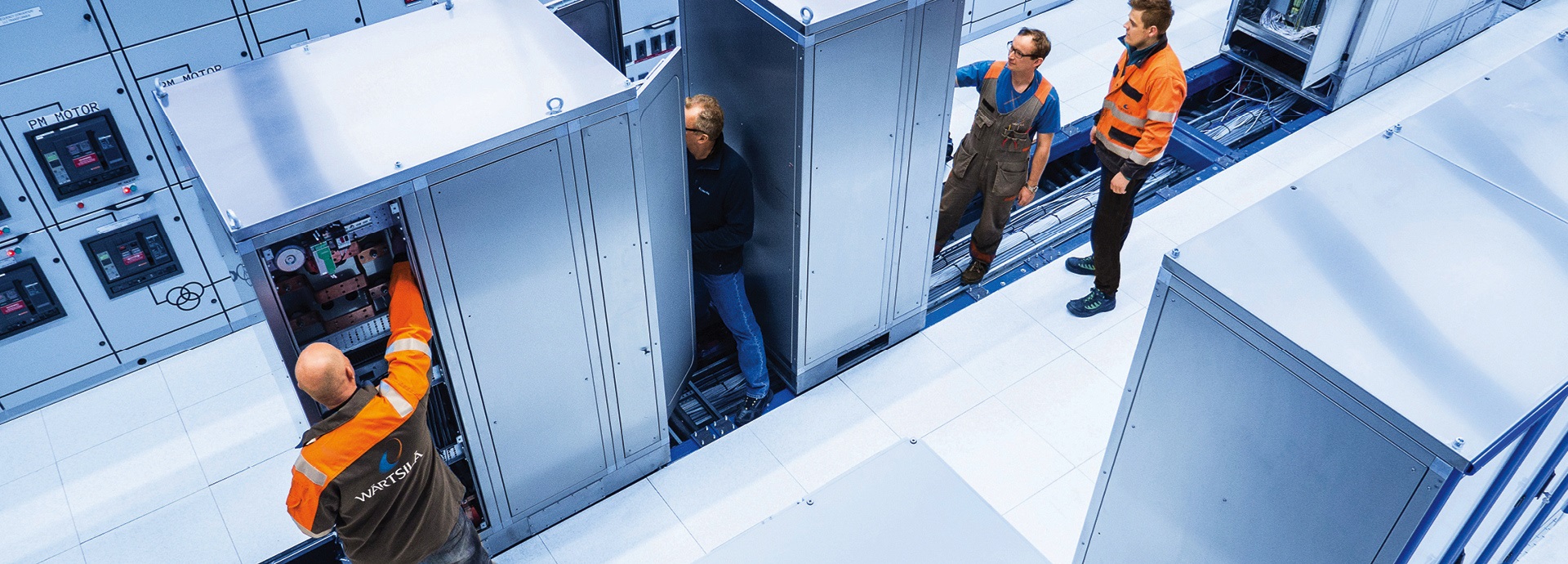

There’s more to electric shipping than electric propulsion
Electric shipping and hybrid ships are important solutions now that the marine industry has entered a new era – the age of decarbonisation and strict regulation. Vessels must be future proof: flexible enough to adapt to the changing needs in the future. As the regulation evolves and restrictions on emissions become stricter, the best way to stay competitive is to rely on the best available technologies. Electric shipping or ship electrification is one of the key solutions for marine decarbonisation.
The future of shipping is here: Play the video to discover how these interesting electrical solutions can reduce the environmental footprint for different vessels.
Electrical solutions and decarbonisation
Electrical solutions will deliver reduced emissions as retrofits and offer a competitive advantage also for newbuild vessels.
Electrical solutions have been part of vessel design for many years in the form of diesel-electric propulsion or shaft generators, for example. The share of green energy – from renewable sources such as wind, water, and solar – in land-based electrical grids is on the increase.
It makes sense for ships to take advantage of shore-based green energy. As an example, using a shore connection can reduce emissions significantly while the ship is in port. Depending on the vessel and its operating profile there are many ways to reduce its emission footprint. The key is optimisation: finding the right solution for each vessel.
Slow steaming used to be the favourite solution for many vessels to reduce emissions. Flexibility was not an issue then, so this means that some vessels will never be fully optimised. Electrical systems onboard make it possible to use smarter propulsion systems. Smarter, more resilient, and more flexible – and thus capable of adapting to the changing needs in the future of shipping.
What powers cruise ships in the future? Will cargo ship engines be electric?
Deepsea vessels will have to adopt green fuel engine technology to decarbonise. Electrical systems will be an integral part of the system including shaft generators and shore connection. Electric cruise ships and electric cargo ships are a futuristic concept, but they can go hybrid and take advantage of solar energy to improve their efficiency.
Tugs can benefit from hybrid or even full electric solutions. They operate close to the shore to land based electrical infrastructure. Because they have high load variations and spend long periods of time on standby, hybrid electric solutions will cut their GHG emissions significantly.
Ferries are often part of local transportation routes and can easily use the land-based charging infrastructure. If the route is short enough, the ferry can even be fully electric. Many ferries still prefer to have a hybrid electric solution to minimise risks.
Any short-distance or coastal vessel can be a hybrid ship. They can charge their ship battery with green energy available at the port. They can be a zero emission ship while manoeuvring, station keeping, and port navigating if they switch to full electric power during those operations.
Could you benefit from a hybrid solution?
Hybrid systems can be used on a wide variety of vessel types, both newbuilds and retrofits. Discover the clever ways that a hybrid solution could help you cut your vessel’s operational costs.
Battery-powered ships, hybrid ships or diesel-electric ships?
Which solution would be optimal for your vessels? The following are examples of actual solutions.
E&PMS landing page Solutions
Expand all
Why electrification – market trends and drivers
Watch the video and you will also learn three reasons to consider ship electrification as a solution for marine decarbonisation.
Solutions in more detail
Customer stories
Discover the benefits others have already gained from marine electric solutions.
Insights on electric shipping
Discover these insightful articles and case studies – they will build your knowledge of ship electrification and hybrid marine solutions.
Webinars related to electric shipping
Explore what you need to know about electric shipping and hybrid ships: watch the webinar recordings to learn from experts from the maritime industry and associations.
Hand-picked press releases
Wärtsilä to convert two Scandlines ferries to plug-in hybrid operation
Technology group Wärtsilä will supply the electrical systems needed to convert two Scandlines ferries to a plug-in hybrid solution. The ferries operate on the Puttgarden, Germany – Rödby, Denmark route, and the conversion represents a key element in Scandlines’ target to achieve emission-free operations on the route by 2030. The company’s overall vision is to realise zero emissions on all operations by 2040. The order with Wärtsilä will be booked in Q2 2024.
The project involves replacing an engine and existing systems with a new shore-charged electrical system, including a large energy storage system. This will allow electricity to contribute approximately 80 percent of the energy needed for each crossing.
"We are so pleased to have the most important supplier in place, and we are very much looking forward to working with Wärtsilä and getting started with the conversion. With the plug-in hybrid ferries, we can get even closer to our goal of operating the Puttgarden-Rødby route emission-free by 2030," says Scandlines' CEO Michael Guldmann Petersen.
Wärtsilä will engineer and deliver the hybrid converters, the energy storage system (ESS) and the energy management system (EMS), as well as the switchgears, transformers, the onboard port charger, and replacement components in the existing switchboard equipment. In addition, Wärtsilä will supervise the installations, carry out the commissioning, and provide preventive maintenance support services. The equipment is scheduled for delivery in summer 2025.
"We are excited to support Scandlines with their vision towards delivering environmentally sustainable transport options for the region. Ship electrification is one of the solutions for marine decarbonisation and as the world’s biggest conversion project of its kind, we can help Scandlines move closer to meeting their goal of making the route emission-free by 2030," comments Roger Holm, President of Wärtsilä Marine and Executive Vice President at Wärtsilä Corporation.
The two Scandlines Ro-Ro ferries selected for conversion to plug-in hybrid operation are the 142 metres-long ‘Deutschland’ and ‘Schleswig-Holstein’.
Media contact for more information on this release:
Isabella Alder
Positioning and Strategic Communications Manager Wärtsilä Marine
Tel: +44 (0) 7792 681 757
marine.media@wartsila.com
Image caption: The two Scandlines Ro-Ro ferries selected for conversion to plug-in hybrid operation are the 142 metres-long ‘Deutschland’ (pictured – image 1) and ‘Schleswig-Holstein’ (pictured – image 2) © Scandlines
All Wärtsilä releases are available at https://www.wartsila.com/media/news-releases and at http://news.cision.com/wartsila-corporation where also the images can be downloaded.
Use of the image(s) is allowed only in connection with the contents of this press release. Wärtsilä images are available at https://www.wartsila.com/media/image-bank
Wärtsilä in brief
Wärtsilä is a global leader in innovative technologies and lifecycle solutions for the marine and energy markets. We emphasise innovation in sustainable technology and services to help our customers continuously improve environmental and economic performance. Our dedicated and passionate team of 17,800 professionals in more than 280 locations in 79 countries shape the decarbonisation transformation of our industries across the globe. In 2023, Wärtsilä’s net sales totalled EUR 6.0 billion. Wärtsilä is listed on Nasdaq Helsinki.
www.wartsila.com
Wärtsilä Marine in brief
Wärtsilä Marine is a global pioneer in power, propulsion and lifecycle solutions for the marine market. We develop industry-leading technologies, advancing maritime's transition to new fuels. We support building an end-to-end digital ecosystem where all vessels and ports are connected. Ultimately, Wärtsilä Marine is driving the shipping industry forward on its journey towards a decarbonised and sustainable future through our broad portfolio of engines, propulsion systems, hybrid technology, exhaust treatment, shaft line solutions and digital technologies, as well as integrated powertrain systems. Our offering, which is underpinned by our performance-based agreements, upgrades, lifecycle solutions, decarbonisation services, as well as an unrivalled global network of maritime expertise, delivers the efficiency, reliability, safety, and environmental performance needed to support a safe and sustainable future for our customers, our communities and our planet.
www.wartsila.com/marine
About Scandlines
Scandlines is a modern and innovative ferry operator with a green vision for the future. We have a proud culture based on strong German-Danish cooperation and maritime history dating back to 1872.
Scandlines operates two ferry routes with high capacity and frequency. Six of our ferries are hybrid ferries, and two are furthermore fitted with an innovative rotor sail – and that contributes to making our ferries greener.
Our core business is to provide an efficient and reliable transport service for both passengers and freight customers. The focus for all our activities – on board the ferries as well as in our BorderShops – is to give our customers a great experience.
With 39,000 departures on seven ferries, Scandlines in 2022 transported close to 6.1 million passengers, 1.6 million cars and over 750,000 freight units on the routes Puttgarden-Rødby and Rostock-Gedser.
Read more about Scandlines at www.scandlines.com.
Take your easiest step on your journey to ship electrification - get in touch and let’s discuss your needs and options!
